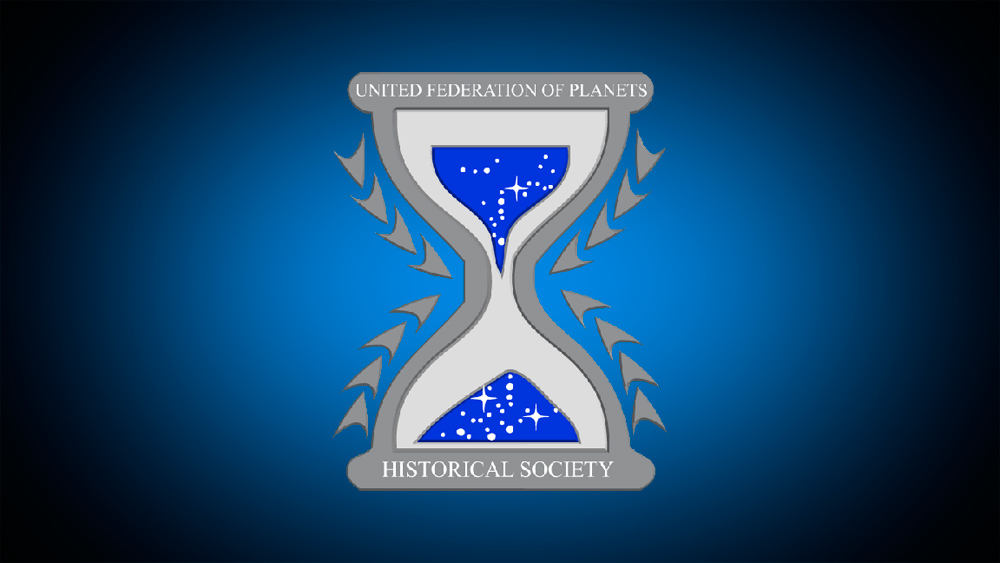Difference between revisions of "antiprotons"
From Trekipedia
(Created page with "{{ImageInfoBox2|name=antiprotons}} {{TableRow|First Appearance|data=TOS 35 (20 Oct 1967)}} {{...") |
m |
||
| (2 intermediate revisions by the same user not shown) | |||
| Line 1: | Line 1: | ||
{{ImageInfoBox2|name=antiprotons}} | {{ImageInfoBox2|name=antiprotons}} | ||
| − | {{TableRow|First Appearance|data=[[Star Trek|TOS]] [[The Doomsday Machine (Episode)|35]] ([[1967 (Production)#OCT20|20 Oct 1967]])}} | + | {{TableRow|title=First Appearance|data=[[Star Trek|TOS]] [[The Doomsday Machine (Episode)|35]] ([[1967 (Production)#OCT20|20 Oct 1967]])}} |
{{TableRow|title=Advertising|data={{AmazonLinkSTSL}}}} | {{TableRow|title=Advertising|data={{AmazonLinkSTSL}}}} | ||
|}</div> | |}</div> | ||
| − | An antiproton was a [[atoms|subatomic]] particle of [[antimatter]], a particle with a mass equivalent to a [[proton]], but with a negative charge. Antiprotons were first discovered on [[Earth]] in [[1950s#1953|1953]] at the [[University of California, Berkeley]].<ref name="STSL"/> The [[Doomsday Machine]] fired beams of coherent antiprotons in order to break apart planets for consumption as fuel, as well as for use as a weapon.<ref name="TOS35"/> | + | An antiproton was a [[atoms|subatomic]] particle of [[antimatter]], a particle with a mass equivalent to a [[proton]], but with a negative charge. Antiprotons were first discovered on [[Earth]] in [[1950s#1953|1953]] at the [[University of California, Berkeley]].<ref name="STSL"/> The [[Doomsday Machine]] fired beams of coherent antiprotons in order to break apart planets for consumption as fuel, as well as for use as a weapon.<ref name="TOS35"/> When the [[Borg]] modified the [[deflector dish]] on the [[U.S.S. Enterprise NCC-1701-E|U.S.S. ''Enterprise'' NCC-1701-E]] during a [[time travel]] mission to [[21st Century#2063|2063]], the dish became charged with antiprotons; destroying the dish when it was in proximity to the hull could have caused significant damage.<ref name="ST08"/> |
| + | {{Clear|value=left}} | ||
| + | <btn class="btn-primary">https://en.wikipedia.org/wiki/Antiproton|Wikipedia</btn> | ||
{{References}} | {{References}} | ||
<references> | <references> | ||
<ref name="TOS35">{{RefTOS35}}</ref> | <ref name="TOS35">{{RefTOS35}}</ref> | ||
| + | <ref name="ST08">{{RefST08}}</ref> | ||
<ref name="STSL">{{RefSTSL}}</ref> | <ref name="STSL">{{RefSTSL}}</ref> | ||
</references> | </references> | ||
| Line 12: | Line 15: | ||
[[Category:Science & Technology]] | [[Category:Science & Technology]] | ||
[[Category:Science]] | [[Category:Science]] | ||
| + | [[Category:TOS]] | ||
| + | [[Category:TNG]] | ||
[[Category:Books]] | [[Category:Books]] | ||
[[Category:Film]] | [[Category:Film]] | ||
[[Category:Prime Timeline]] | [[Category:Prime Timeline]] | ||
Latest revision as of 15:42, 16 January 2022
An antiproton was a subatomic particle of antimatter, a particle with a mass equivalent to a proton, but with a negative charge. Antiprotons were first discovered on Earth in 1953 at the University of California, Berkeley.[1] The Doomsday Machine fired beams of coherent antiprotons in order to break apart planets for consumption as fuel, as well as for use as a weapon.[2] When the Borg modified the deflector dish on the U.S.S. Enterprise NCC-1701-E during a time travel mission to 2063, the dish became charged with antiprotons; destroying the dish when it was in proximity to the hull could have caused significant damage.[3]
Notes and References
- ↑ Bormanis, Andre. Star Trek: Science Logs. Pocket Books, March 1998.
- ↑ Roddenberry, Gene (Executive Producer). "The Doomsday Machine." Star Trek, Season 2, Episode 6. Directed by Marc Daniels. Written by Norman Spinrad. Desilu Productions, 20 October 1967.
- ↑ Berman, Rick (Producer). Star Trek: First Contact. Directed by Jonathan Frakes. Story by Rick Berman & Brannon Braga & Ronald D. Moore. Screenplay by Brannon Braga & Ronald D. Moore. Paramount Pictures. 22 November 1996.

